Long before modern refrigeration, people relied on traditional methods to preserve meat safely. The Amish, known for their simple living and self-sufficiency, developed techniques that allowed meat to last weeks or even months without a fridge. These methods focus on natural preservation, careful handling, and patience, ensuring food remains safe, flavorful, and nutritious. Learning these techniques connects us to time-honored traditions while offering practical solutions for modern situations like camping, power outages, or sustainable living. From curing and smoking to fermentation, each method combines knowledge, creativity, and respect for food, helping anyone preserve meat effectively while enjoying rich, homemade flavors.
1. Salt Curing

Salt curing is one of the most traditional methods for preserving meat. By applying a generous amount of salt directly to the meat, moisture is drawn out, which slows bacterial growth and prevents spoilage. This process also enhances the natural flavor of the meat, creating a rich, savory taste that lasts for weeks. The key is to ensure every surface is evenly coated and stored in a cool, dry place. Salt curing is simple yet highly effective, making it a cornerstone of Amish preservation methods. Properly cured meat can remain edible without refrigeration, providing a reliable source of protein.
2. Sugar Curing

Sugar curing uses a combination of sugar and salt to preserve meat while balancing flavor. The sugar helps retain moisture, creating a tender texture, while the salt continues to prevent bacterial growth. This method is particularly useful for pork and ham, adding a slightly sweet taste alongside the savory profile. Meat is typically coated with a sugar-salt mixture and stored in a cool, ventilated area. Sugar curing not only preserves meat but also enhances its color and aroma. When done correctly, this method can maintain the meat’s quality for several weeks, making it a practical and flavorful preservation technique.
3. Smoking

Smoking meat involves exposing it to smoke from burning wood, which slows bacterial growth and adds a distinct flavor. The smoke creates a protective layer on the surface, helping to preserve the meat while adding a rich, savory taste. Amish families often use wood types like hickory or applewood to enhance the flavor. Smoking can be done at low temperatures over a long period, allowing the meat to dry slightly while absorbing smoke. This method can be combined with salting or sugar curing for even longer preservation. Properly smoked meat can last for weeks without refrigeration, making it ideal for storage.
4. Air Drying
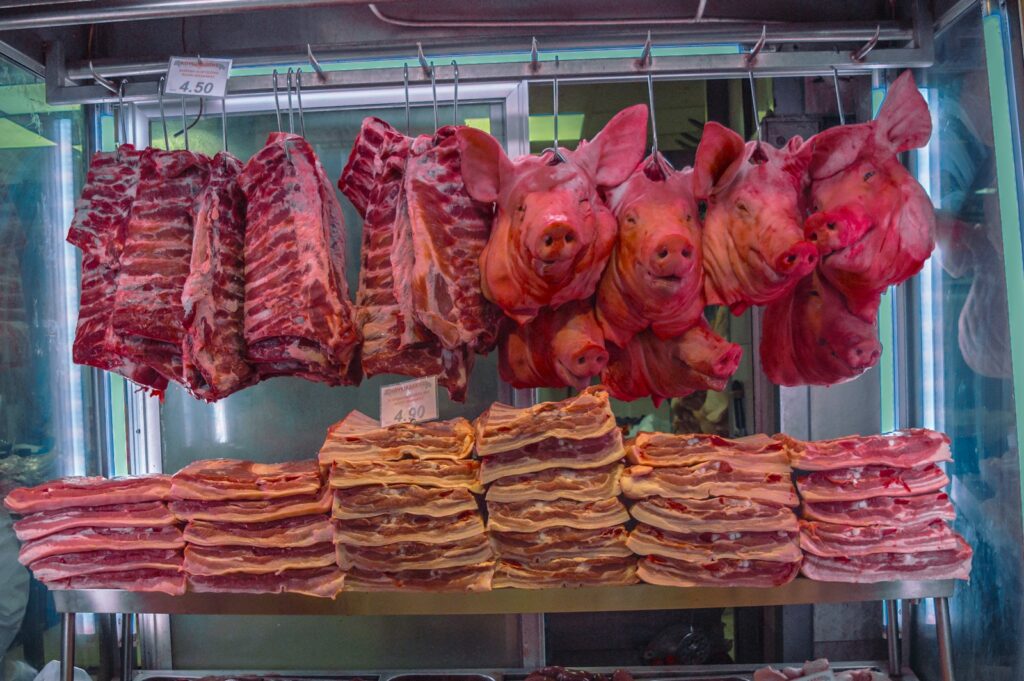
Air drying is a simple and natural preservation method that relies on removing moisture from meat. Thin slices are hung in a cool, dry, and well-ventilated area, allowing airflow to slowly dehydrate the meat. This slows bacterial growth and concentrates flavors, producing a firm, savory texture. Temperature and humidity are crucial, as meat must dry evenly without molding. Air drying is often combined with salt or spice rubs to enhance preservation and taste. Amish communities traditionally hang meat in lofts or attics with controlled airflow. With proper care, air-dried meat can remain safe to eat for weeks or months without refrigeration.
5. Brining
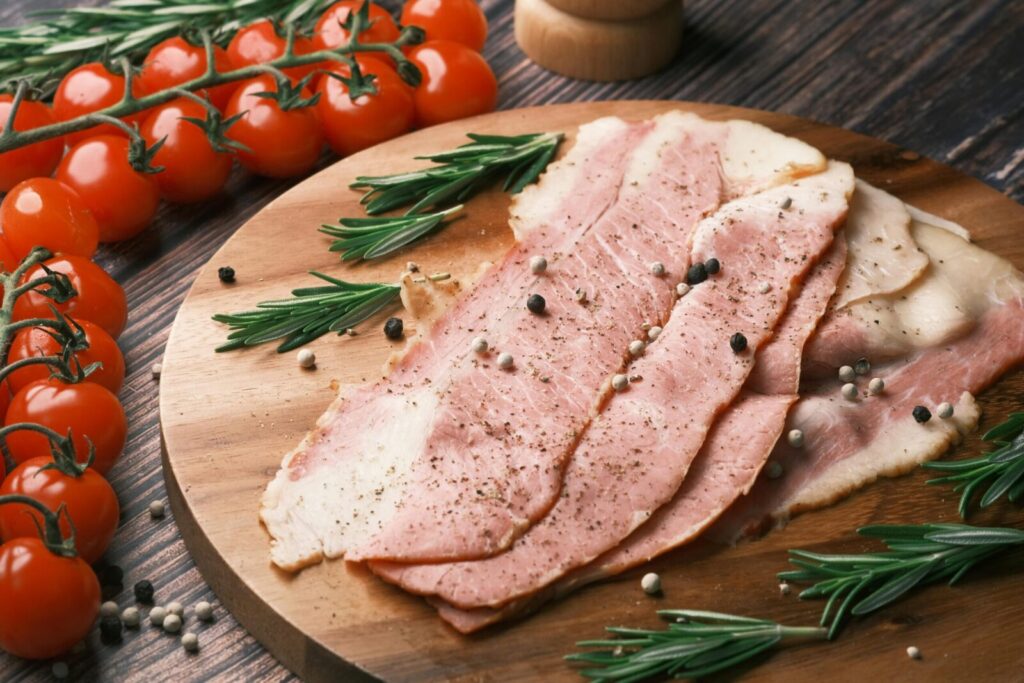
Brining involves submerging meat in a solution of water, salt, and sometimes sugar or spices. The salty solution draws moisture into the meat while preventing bacterial growth, making it both flavorful and long-lasting. Brining is commonly used for poultry and pork, as it adds tenderness and juiciness while extending shelf life. The key is to maintain the right concentration of salt and to store the meat in a cool, clean environment. Brined meat can later be smoked, cooked, or eaten as is, offering a flexible preservation method. This technique reflects the Amish focus on natural, resourceful food storage practices.
6. Vinegar Marinating

Vinegar marinating uses acidic solutions to preserve meat while enhancing flavor. Acidity slows bacterial growth by creating an environment that is hostile to harmful microbes. Meat is submerged in a mixture of vinegar, water, and spices for several hours or days, depending on thickness and type. This method is particularly effective for smaller cuts or poultry. Vinegar marinating also tenderizes the meat, giving it a unique taste that is both tangy and savory. It is a safe, chemical-free way to extend meat’s shelf life, demonstrating the Amish emphasis on using natural ingredients for preservation and flavor enhancement.
7. Lard or Fat Sealing
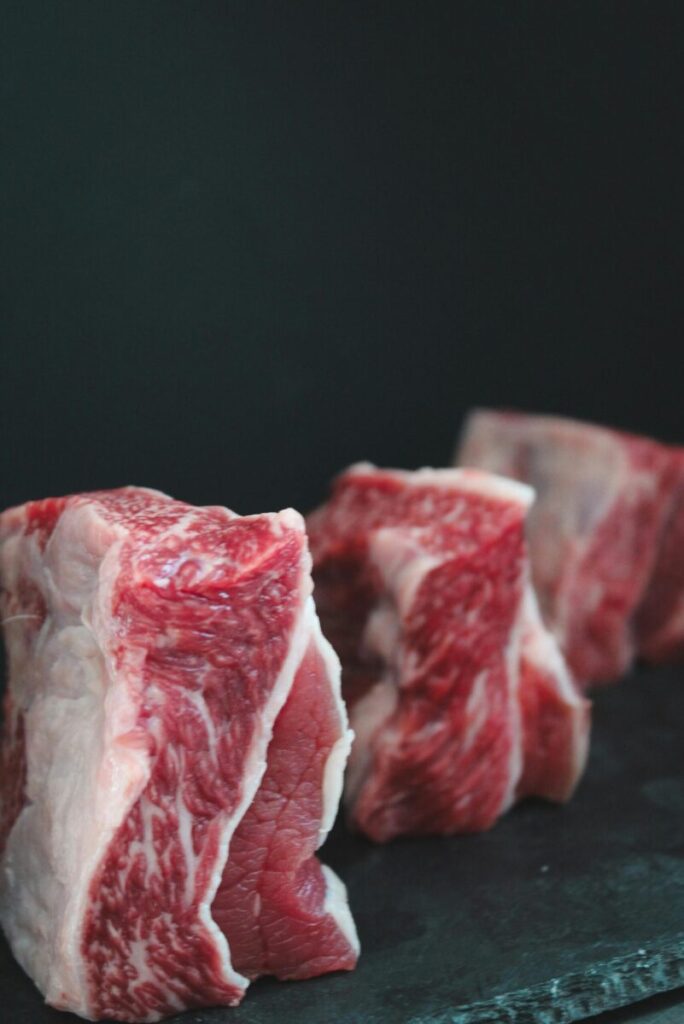
Coating cooked meat in rendered fat or lard creates a protective barrier against air and bacteria, slowing spoilage. The method involves placing meat in a container and covering it completely with melted fat, which hardens as it cools. This technique is effective for meat like sausages, pates, or cooked cuts, keeping them edible for weeks. Fat sealing also helps retain flavor and moisture, preventing drying out. Amish households traditionally use this method in root cellars or cool pantries. Properly sealed meat must be handled carefully to avoid contamination, but when done correctly, it provides a reliable, fridge-free preservation solution.
8. Honey Preservation
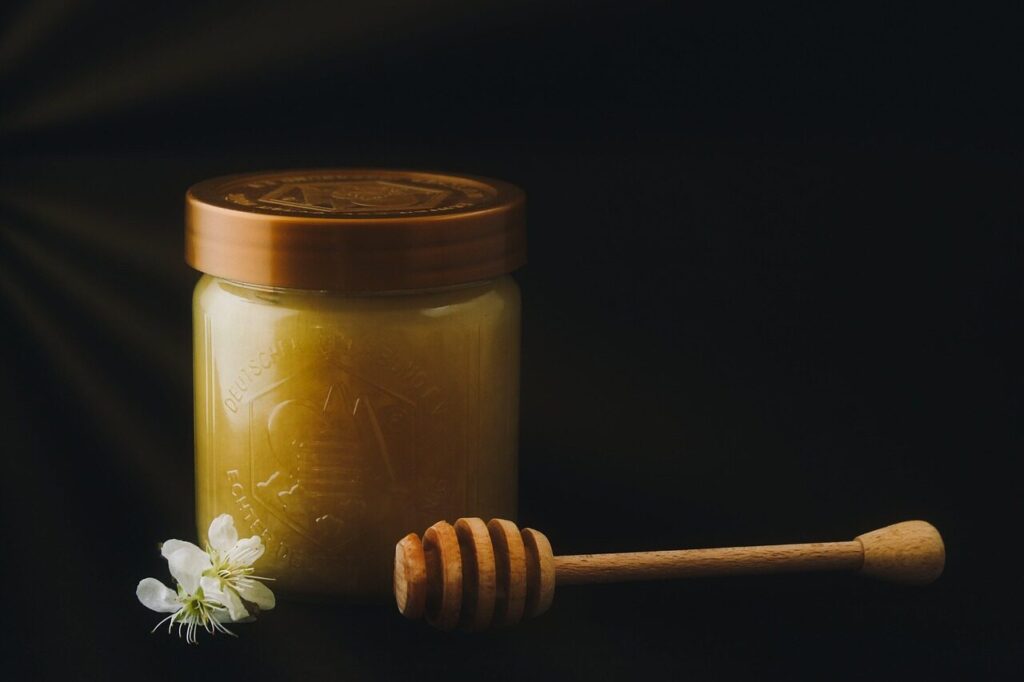
Honey naturally contains antibacterial properties and low water content, which makes it ideal for preserving meat. Coating or storing meat with honey slows microbial growth while adding sweetness and flavor. This method works best for small cuts or cured meats, and it can be combined with spices for enhanced taste. Honey acts as both a preservative and a moisture regulator, ensuring the meat remains tender rather than drying out. Amish families have long used honey to extend the shelf life of meats and other foods, reflecting their emphasis on natural, simple solutions that are safe and practical for daily life.
9. Pickling
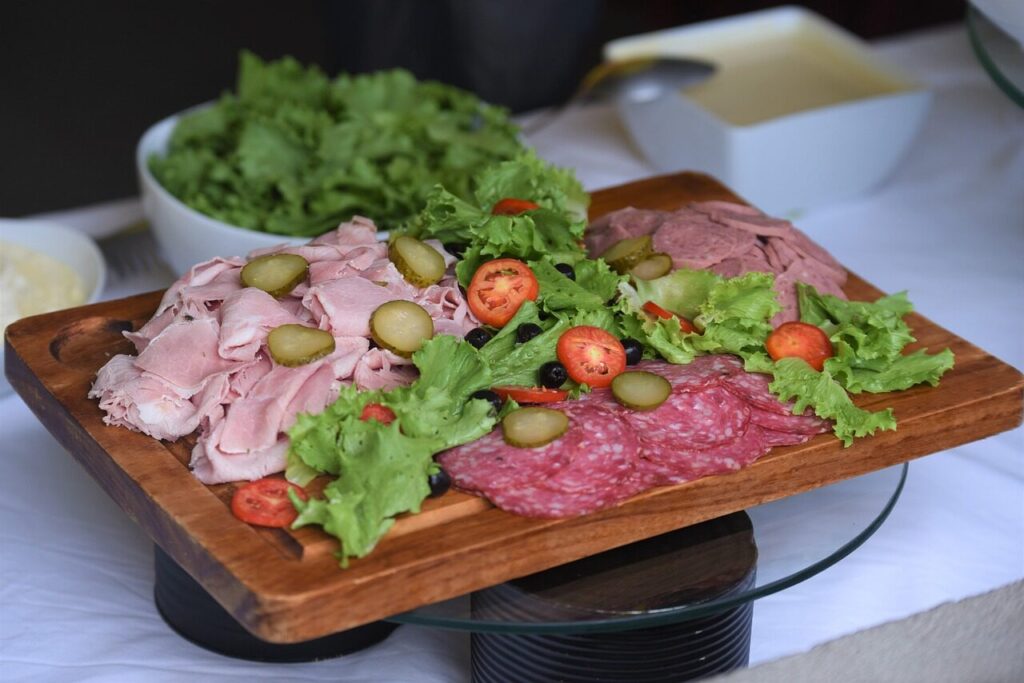
Pickling meat involves submerging it in a brine or vinegar solution, which introduces acidity that prevents bacterial growth. The process can include spices and herbs to enhance flavor while preserving the meat. This method is suitable for small cuts, sausages, or even whole poultry. Pickling is a time-tested Amish technique that combines safety and taste, as the acidic environment both preserves and tenderizes the meat. Proper containers and cool storage are essential to avoid spoilage. Pickled meat can be stored for weeks without refrigeration, offering a flavorful and effective preservation method for long-term use.
10. Root Cellaring

Root cellars provide a naturally cool and stable environment for meat storage. Underground or semi-underground spaces maintain a consistent temperature, slowing bacterial growth and extending shelf life. Meat can be stored in containers with salt, fat, or other preservatives, allowing it to remain safe for weeks. Root cellaring is an energy-free preservation method that reflects the Amish reliance on natural environmental conditions. Proper ventilation is important to prevent mold and odors, and meat must be kept off the ground. This method highlights sustainable practices, showing how thoughtful storage can replace modern refrigeration while maintaining food safety.
11. Fermentation
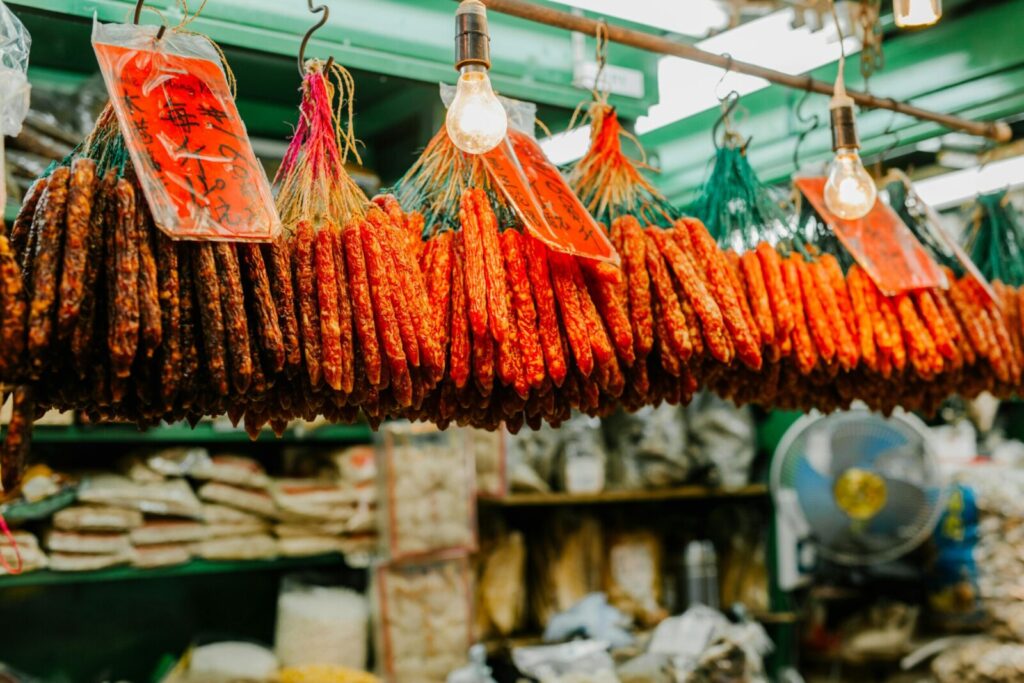
Fermentation uses beneficial bacteria to preserve meat while enhancing flavor. The process involves controlled microbial activity that produces acids, which slow harmful bacterial growth. Common examples include fermented sausages like salami or pepperoni. Temperature, humidity, and hygiene are crucial to ensure safety and taste. Amish communities have traditionally relied on fermentation to create long-lasting, flavorful meats that do not require refrigeration. The technique also improves digestibility and adds complex flavors. Fermented meat can be stored for weeks or months, demonstrating a method that is both scientific and traditional, combining taste, nutrition, and preservation.
12. Alcohol Preservation
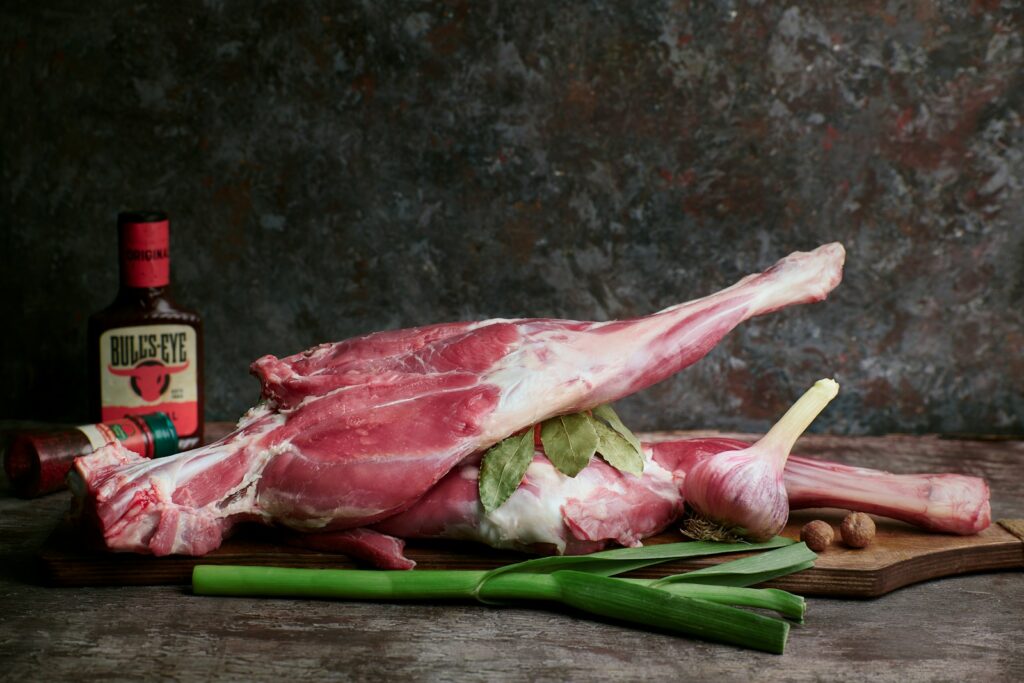
Soaking meat in alcohol, such as spirits or wine, provides a chemical barrier against bacteria. Alcohol penetrates the meat, adding flavor while slowing spoilage. This method works best for small cuts or cooked meats and is often combined with spices or herbs for enhanced taste. Properly sealed containers prevent evaporation and contamination. Amish families historically used alcohol preservation as a practical way to store meat in the absence of refrigeration. It is simple, effective, and adds unique flavor profiles, making preserved meat suitable for immediate consumption or long-term storage without the need for modern technology.
13. Freezing Naturally
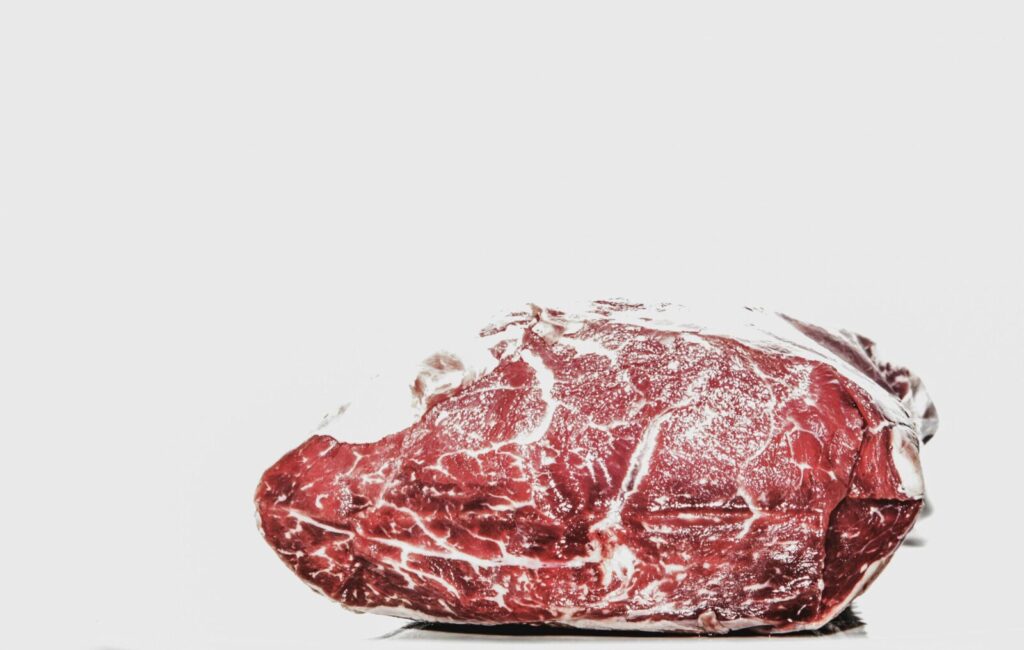
In cold climates, meat can be safely stored outdoors or in naturally cold spaces during the winter months. This method relies on consistently low temperatures to prevent bacterial growth. The meat must be protected from animals, moisture, and direct sunlight. Wrapping or placing it in airtight containers enhances safety and preserves flavor. Amish households living in regions with freezing winters have traditionally used this approach as a simple, energy-free preservation method. While seasonal, natural freezing allows meat to remain safe for weeks or months. It is a practical reminder of how environmental conditions can be used to maintain food without modern appliances.
14. Clay Pot Storage
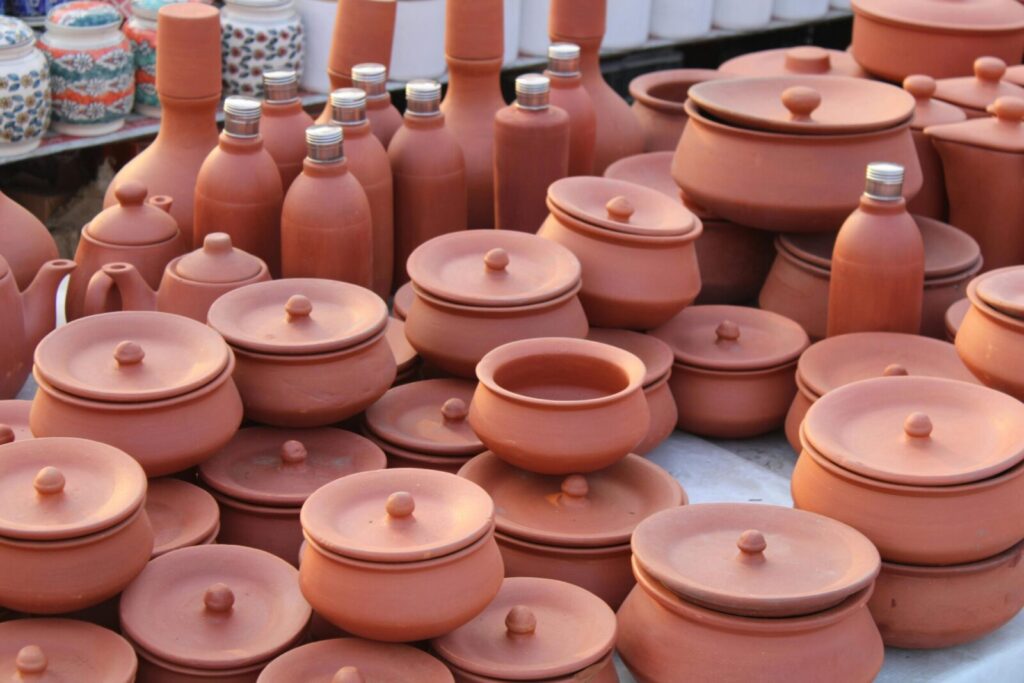
Sealing meat in clay or ceramic containers, often combined with salt or fat, helps preserve it for extended periods. The containers provide a controlled environment, limiting exposure to air and bacteria. This method is especially useful for cooked or cured meats. Clay pot storage reflects the Amish focus on resourcefulness, using durable, natural materials for practical food preservation. Proper sealing and cool storage are essential to prevent spoilage. Meat stored in this way can remain edible for weeks, offering a reliable, fridge-free solution. The method also maintains flavor and texture, making it a traditional and effective preservation technique.
15. Combination Methods
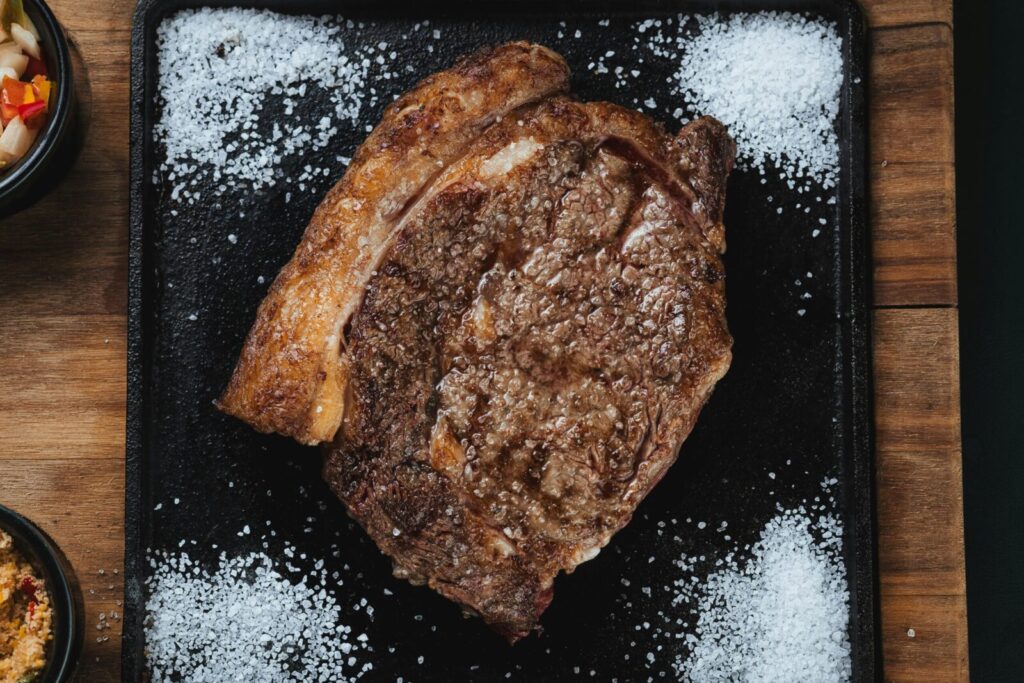
Many Amish preservation techniques combine two or more methods to maximize shelf life and flavor. For example, meat may be salted and then smoked, or brined before being sealed in fat. These combinations enhance safety by targeting bacterial growth in multiple ways, while also creating richer, more complex flavors. Combining methods requires attention to detail, timing, and proper storage conditions. Amish families often experiment with these approaches, ensuring that meat can remain safe and delicious for weeks or months. This approach highlights ingenuity, patience, and a deep understanding of natural preservation principles, making it a reliable alternative to refrigeration.
Comments